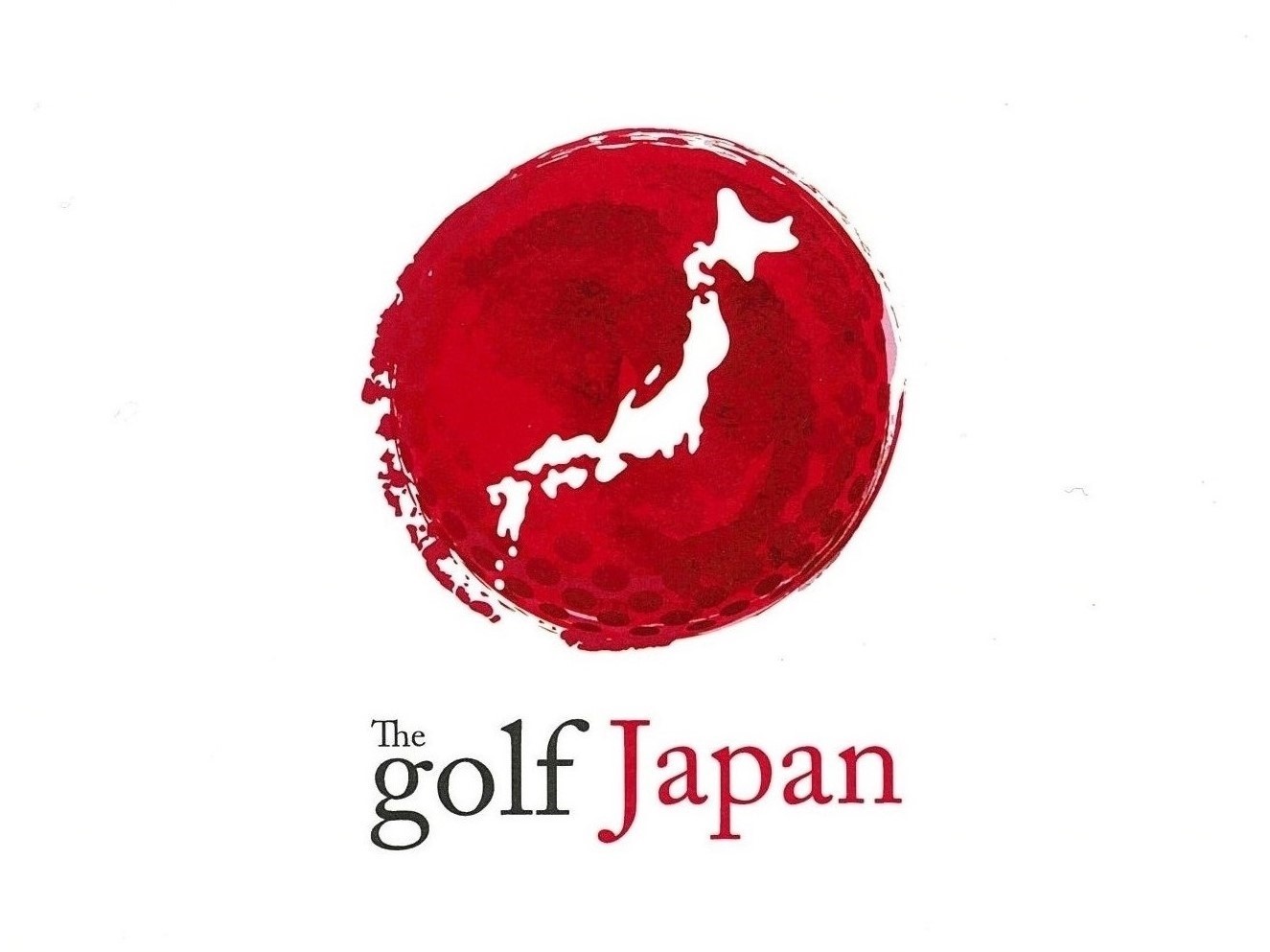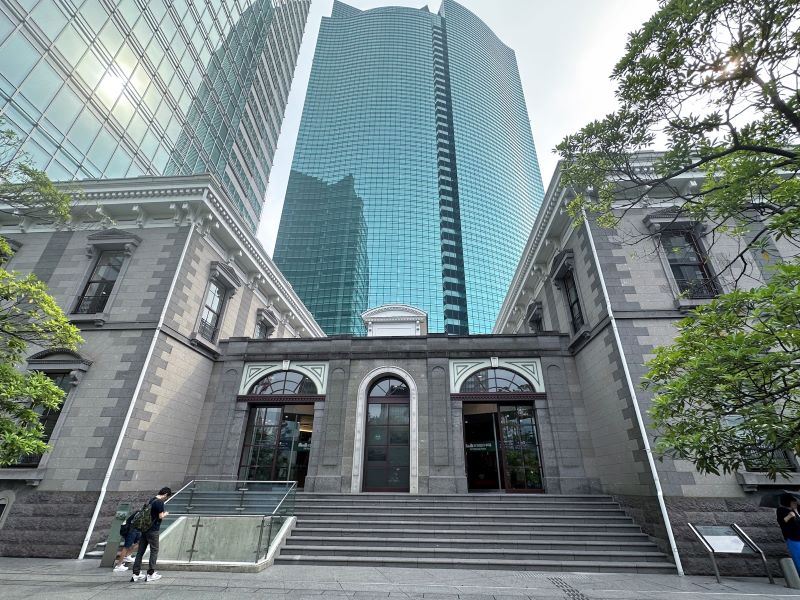In May 2024, a “tea” themed complex was born at The Old Shimbashi Station, the birthplace of the railroad in Japan.
This project is being developed to coincide with the 60th anniversary of the founding of Ito En, a leading tea company, and the 35th anniversary of the birth of its flagship brand, Oi Ocha. The mission of the two facilities, the “Tea Culture Creation Museum” and the “Oi Ocha Museum,” is to communicate the role of tea in the past and its vision for the future.
Oi Ocha Museum
The Oi Ocha Museum is a facility where visitors can learn the secrets and initiatives of “Oi Ocha,” Japan’s proud green tea brand, through several contents.
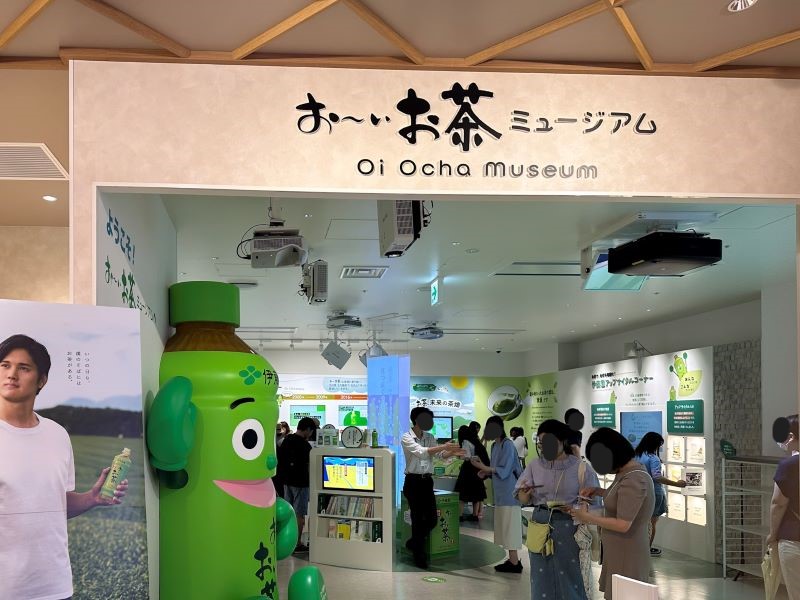
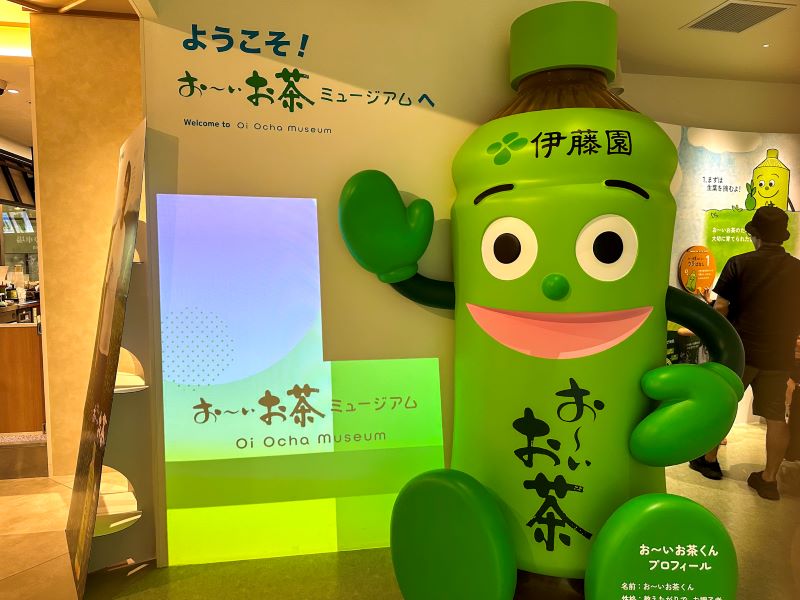
Visitors can learn how Oi Ocha is made from the tea fields through panel quizzes and interactive activities, as well as learn the secret story behind the birth of Oi Ocha and the efforts to upcycle tea husks through a diverse lineup.
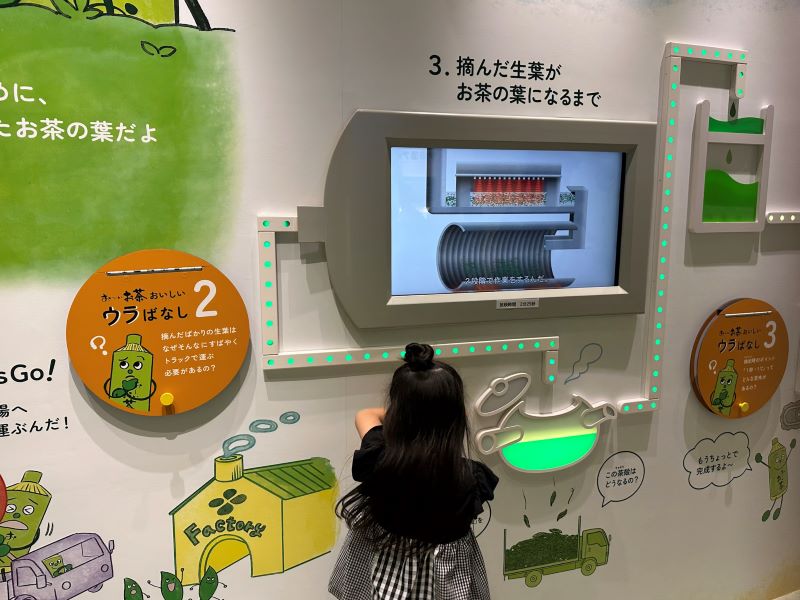
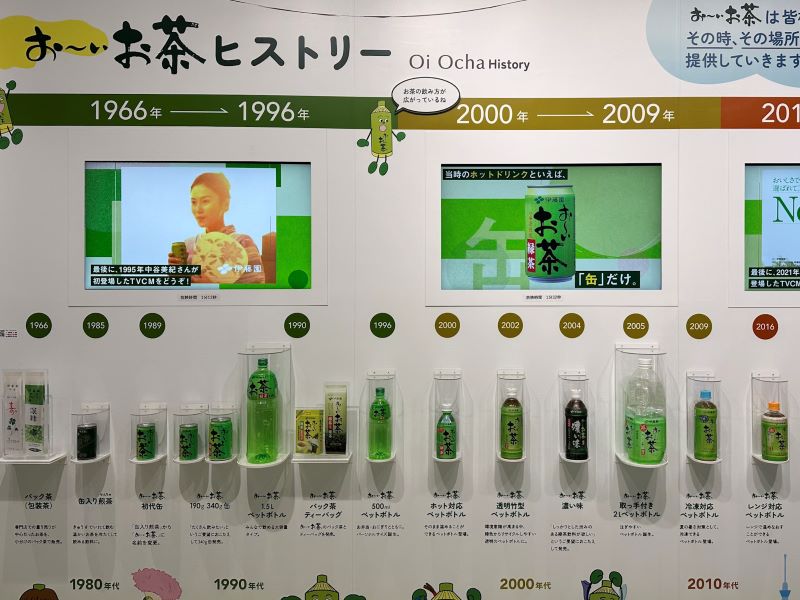
I was surprised that tatami made from reused tea leaves is so deodorizing that it can eliminate the smell of surumeika (Japanese common squid)! There is a jar containing only surumeika in the box and another jar containing surumeika and tea-shell tatami, so if you think I’m lying, please take a sniff!
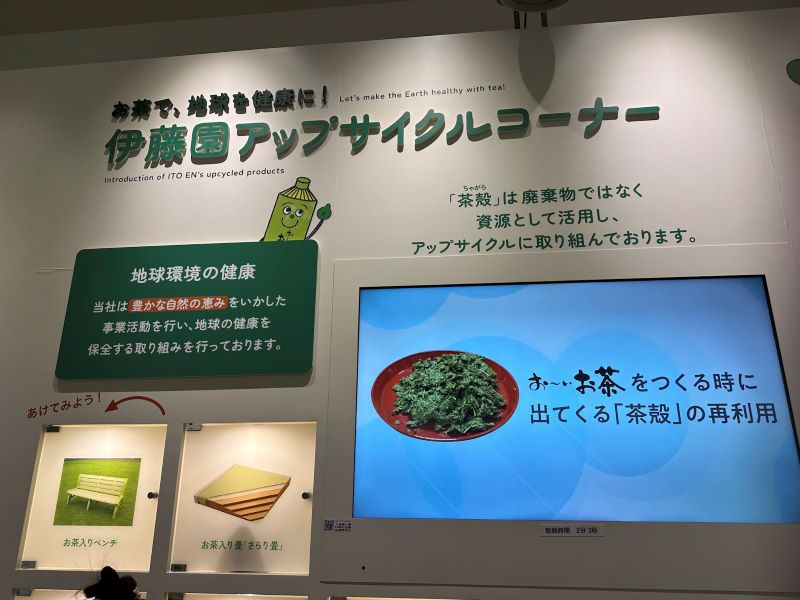
ITO EN has been holding the “Oi Ocha New Haiku Grand Prix” since 1989 – the haiku written on the bottles. In honor of this, you can make your own original Oi-Ocha Haiku sticker here!
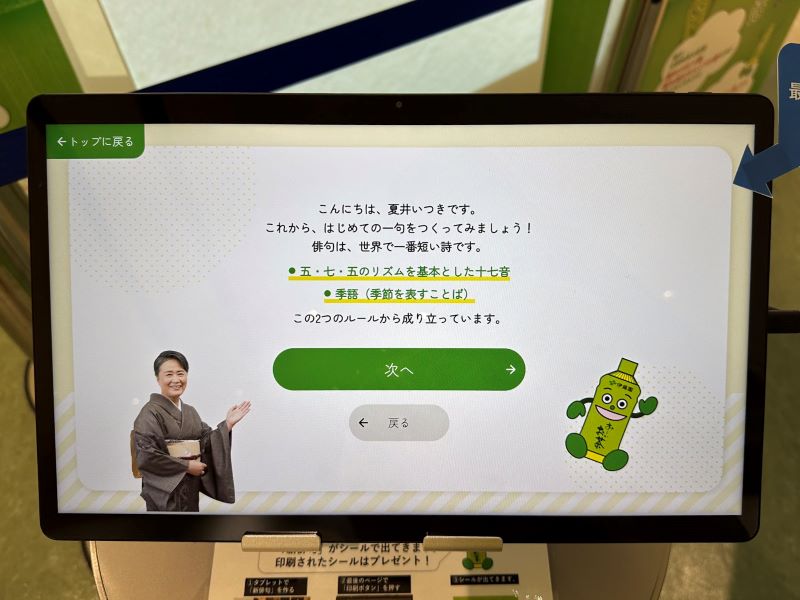
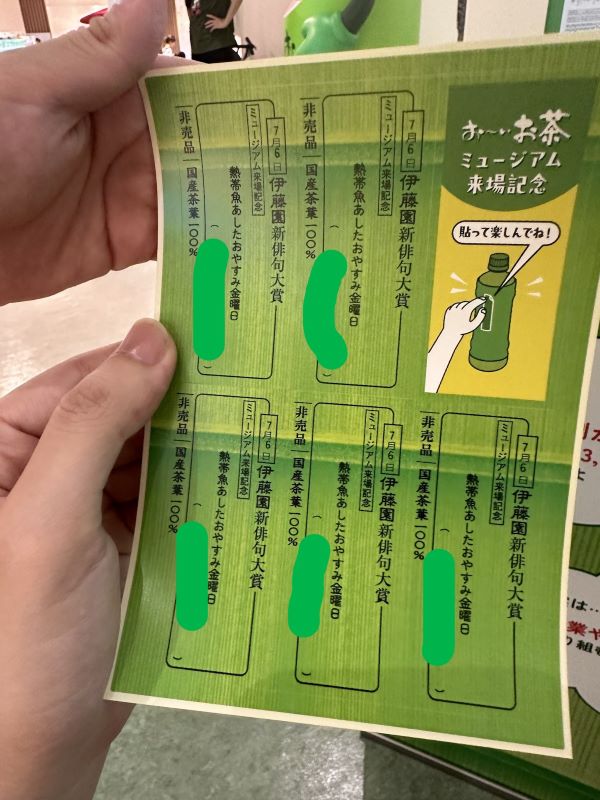
Oi-ocha-kun stickers were also given to the children as souvenirs!
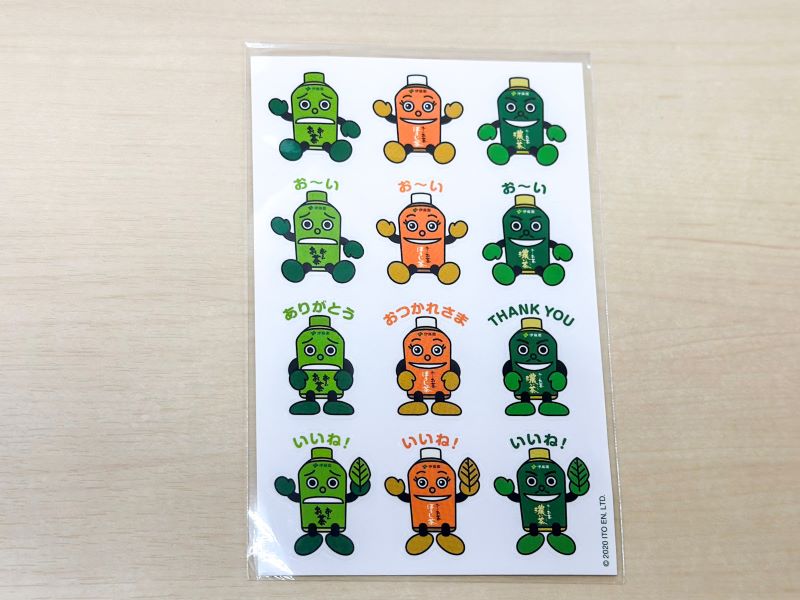
Reservations are required, but there is also a workshop where you can design your own original “Oi Ocha” bottle and a workshop on how to brew tea using a teapot, so please check the website if you are interested. These workshops are very popular and are said to fill up early, especially on weekends and holidays.
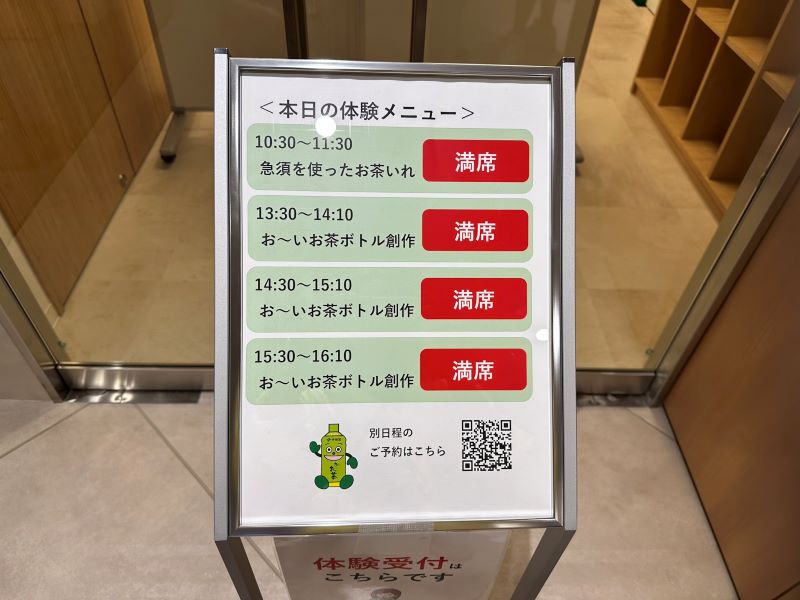
There is also a store selling “tea” related goods and a café.
There are many good souvenirs such as Oi-Ocha-kun goods, simple matcha sets, and sweets made from matcha.
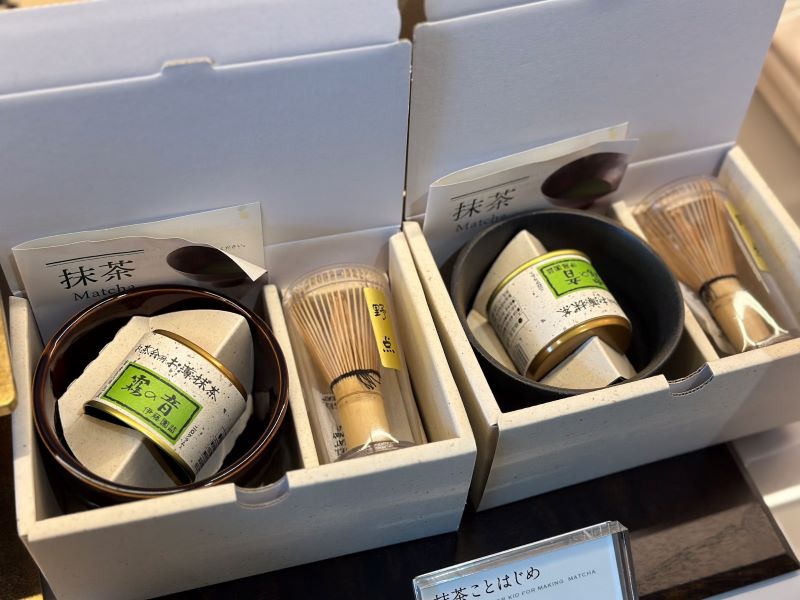
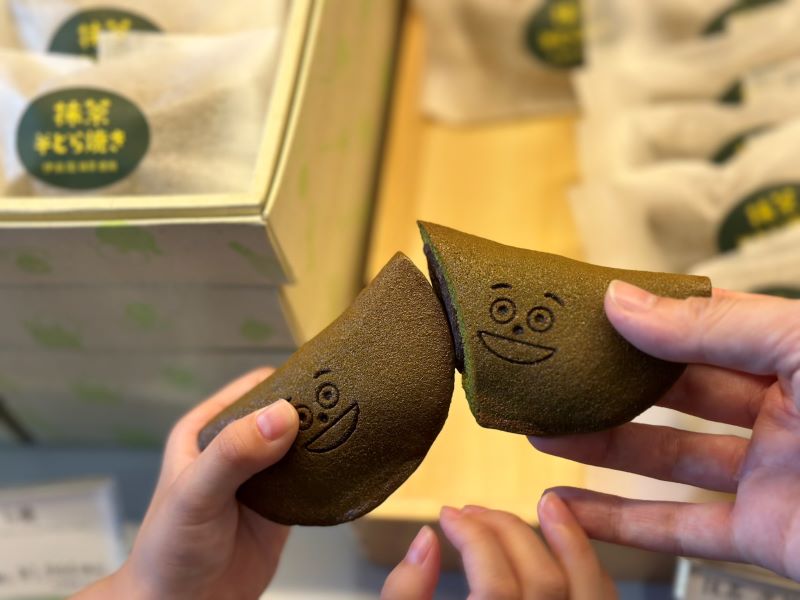
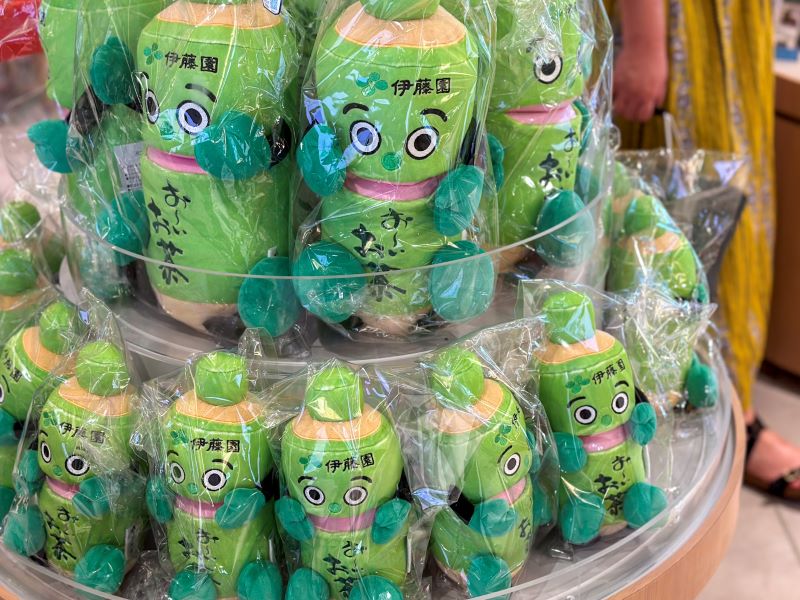
I also took a break at the cafe. I ordered a “matcha soda float. It was the first time I had had a matcha soda, and the taste of matcha with lemon in it was a new sensation for me. The soft serve ice cream on top is rich and milky.
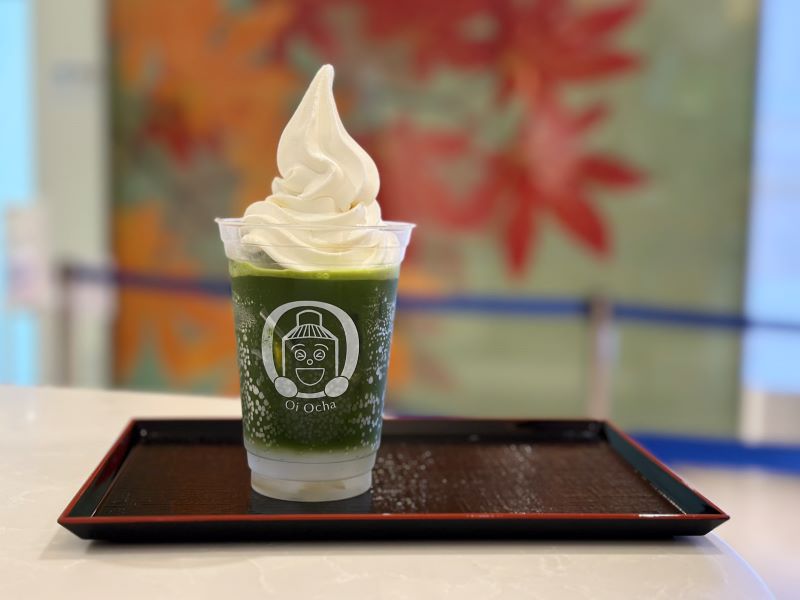
Speaking of which, Oi Ocha recently signed a global contract with major league baseball player Shohei Ohtani. Currently, Oi Ocha is sold in 40 countries around the world, mainly in North America and China, and we hope that the Ohtani effect will help the company spread its wings even further around the world!
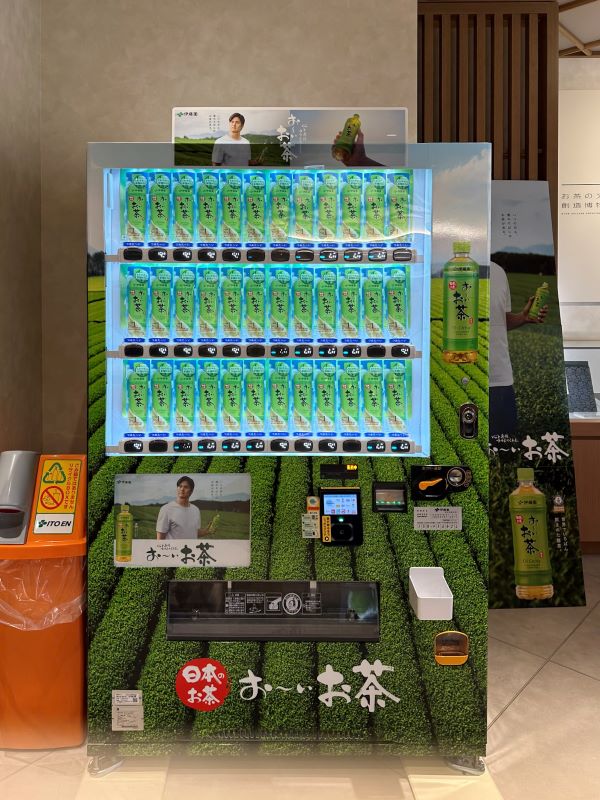
Ocha Culture Creation Museum
The Oi Ocha Museum alone is a fun place to visit, but if you go to the trouble, be sure to visit the Ocha Culture Creation Museum as well. This small museum, which requires a fee, is a place to learn about the history of tea and how it has become an indispensable part of our lives.
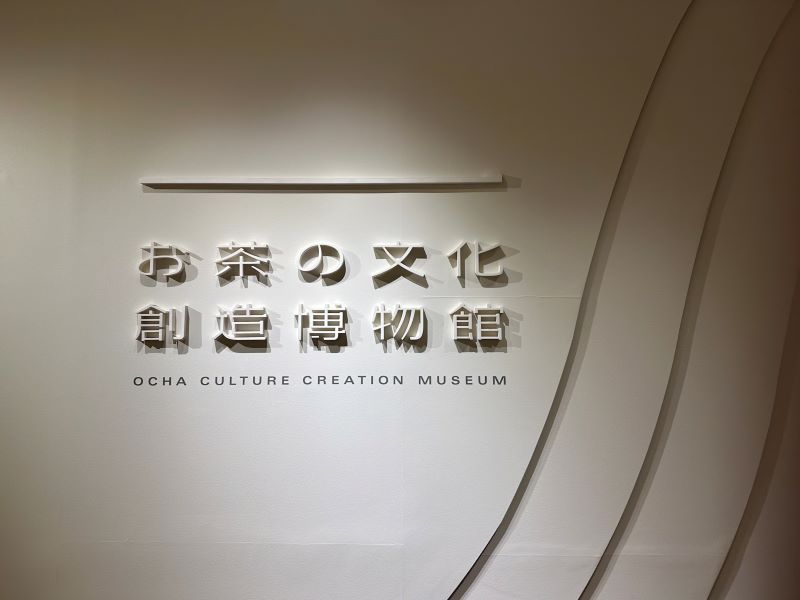
The “Tea Theater” shows how the tea culture has changed over the years through easy-to-understand animations on a large screen. The theater is in Japanese with English subtitles, so even foreign visitors can enjoy it with peace of mind. If time permits, it is recommended to watch the video and then tour the museum to better understand the content.
What I particularly enjoyed was the experience of making fine tea leaves.
This is a machine called a yagen, in which tea leaves are placed in a bowl and a round stick is moved back and forth to make the tea leaves finer. In the old days, tea leaves were not broken into small pieces, but rather were made into rounded tea leaves called “dancha,” which were ground into small pieces using the yagen.
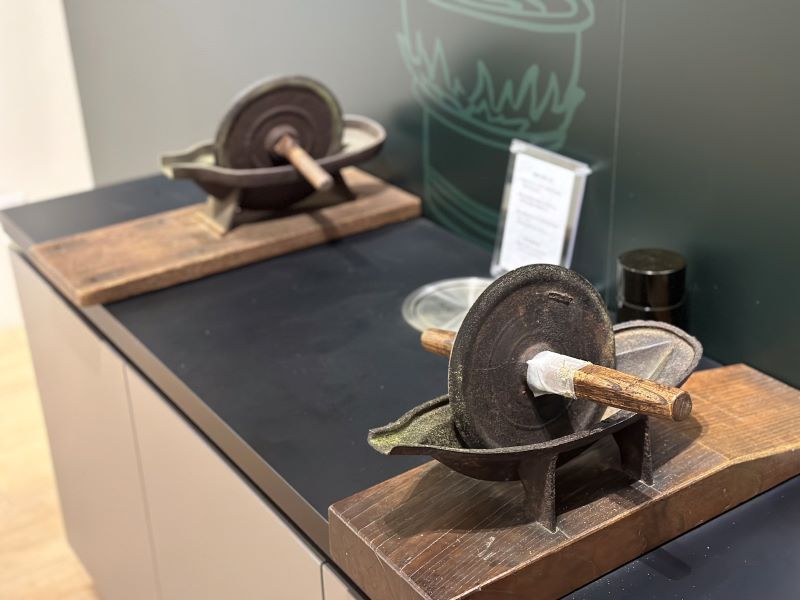
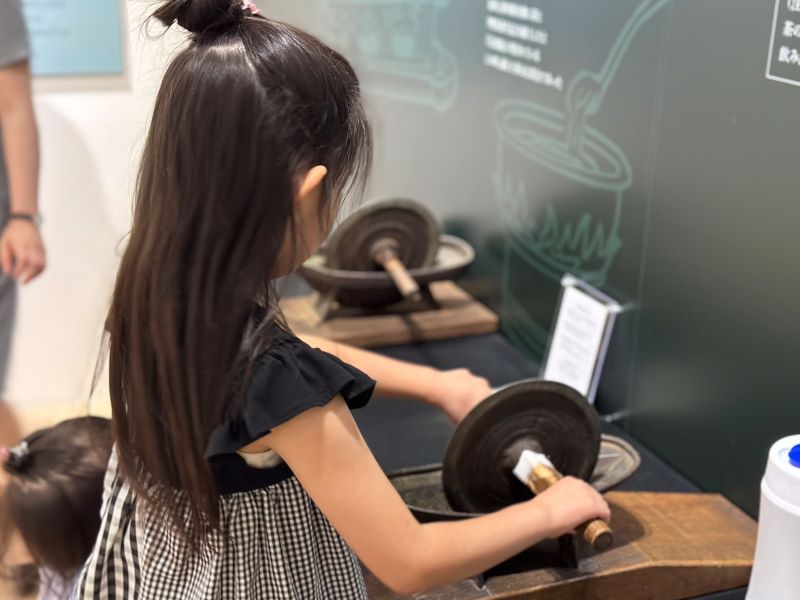
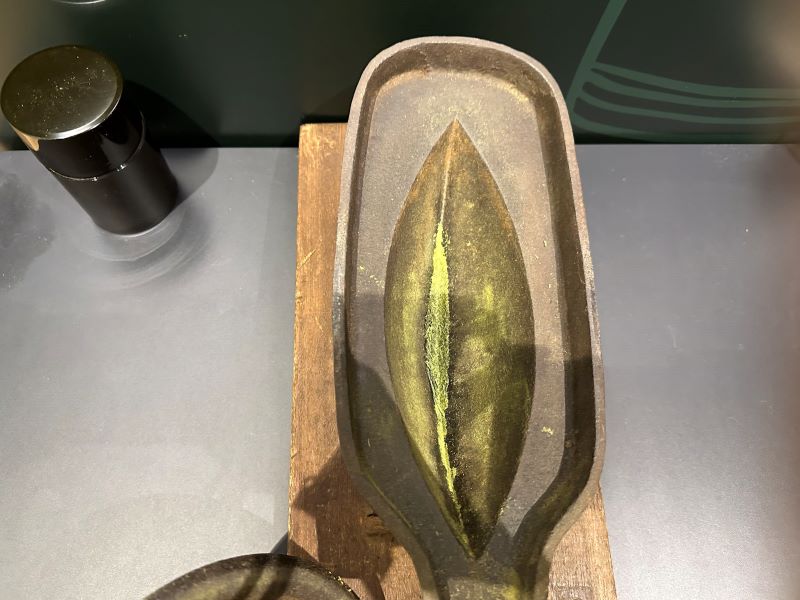
This is a cha-usu. There is a hole in the center of the top, so you put tea leaves in there and turn it counterclockwise with the handle. The tea leaves are then turned counterclockwise with the handle, and the fragrant matcha powder comes out from the bottom. Compared to the tea leaves used for the yagen, this one is made from the softer, better part of the tea leaves, which is said to be more finely ground.
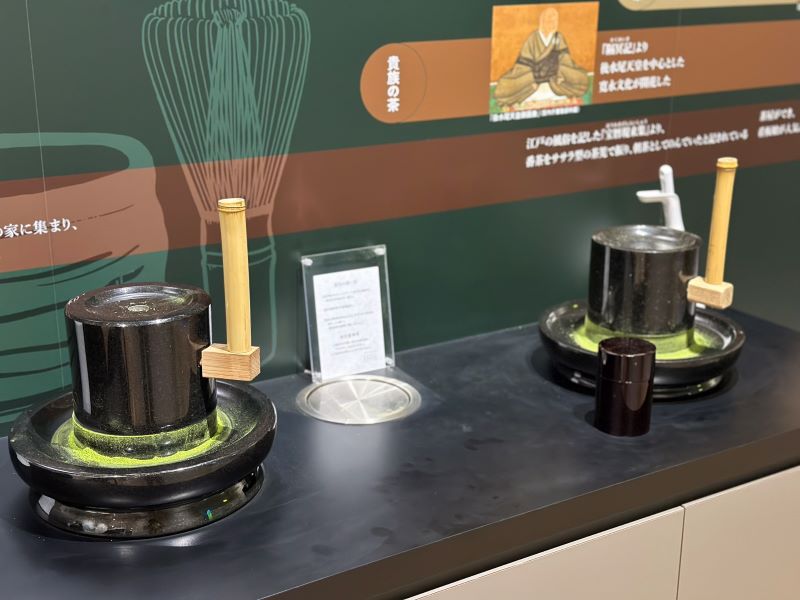
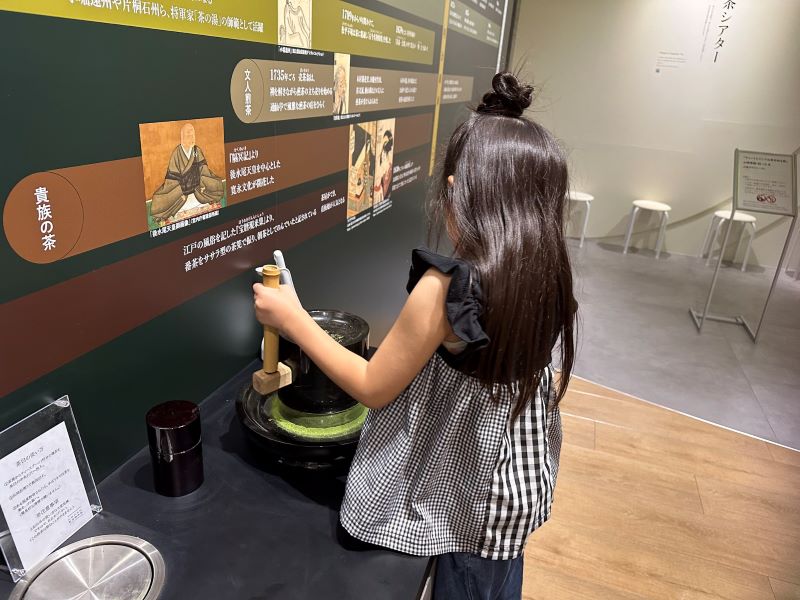
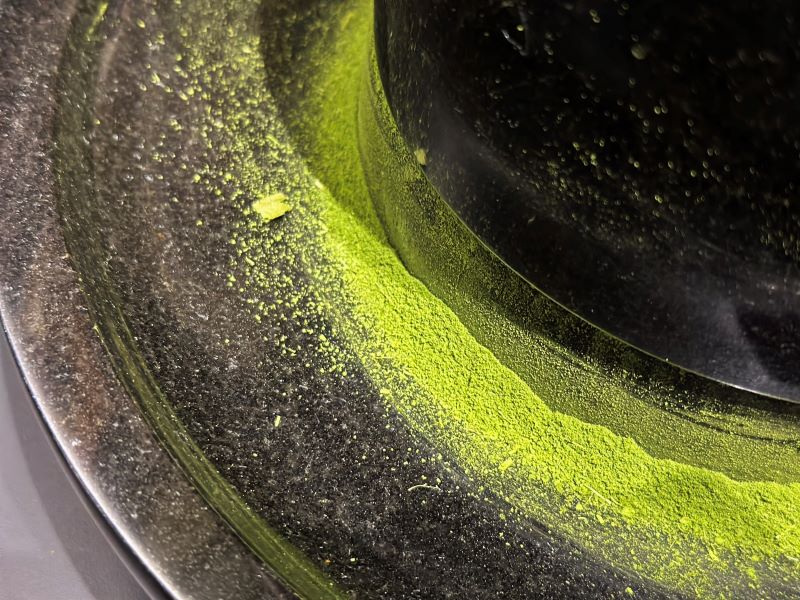
A diorama of tea picking in the past and present. The old hand-picking scene also gives the impression of a tea farm, especially in terms of clothing, but what we imagine as a “tea farm” is a long, narrow tea field.
While hand-picking, which has been practiced since ancient times, is of high quality, the amount of tea picked per hour is only 1/200th of that by machines, so it cannot keep up with modern times, when tea has become a widespread part of daily life. However, even today, when most tea is picked by machine, some tea leaves are still picked by hand.
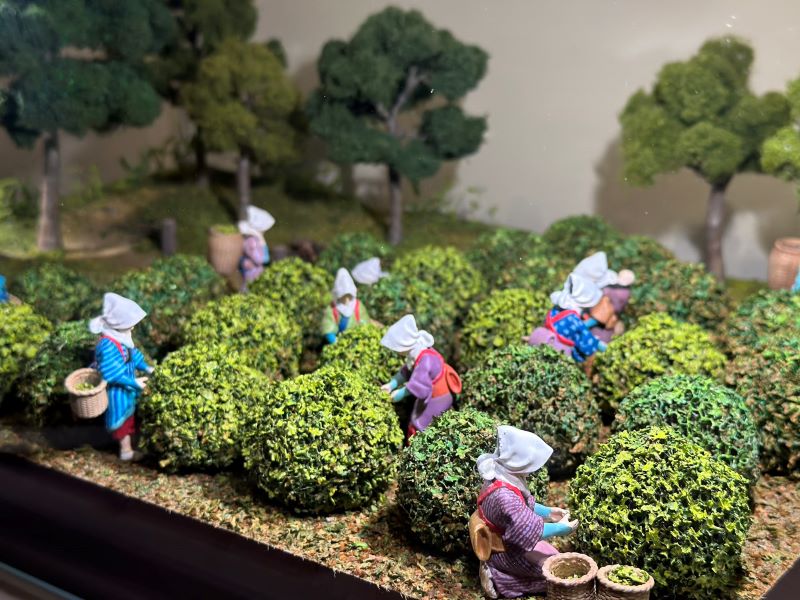
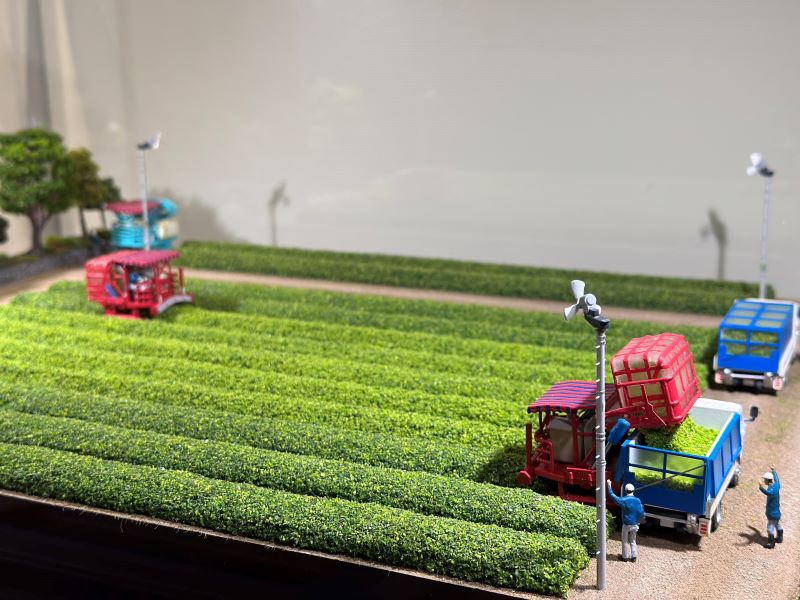
In addition, visitors can enjoy the cultural transition of tea from various perspectives, such as tea carrying dolls (karakuri dolls) and teahouses from the Edo period, posters with Lan script used to export tea overseas since the end of the Edo period, and tea utensils.
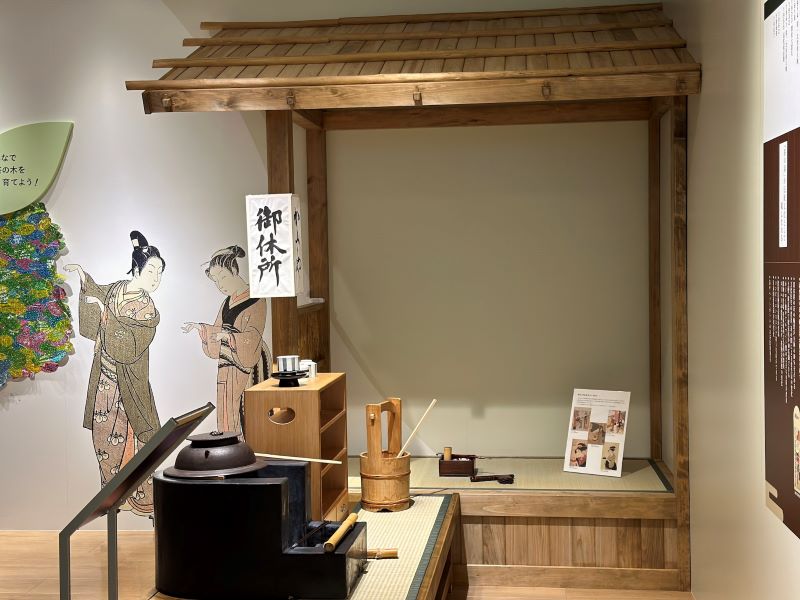
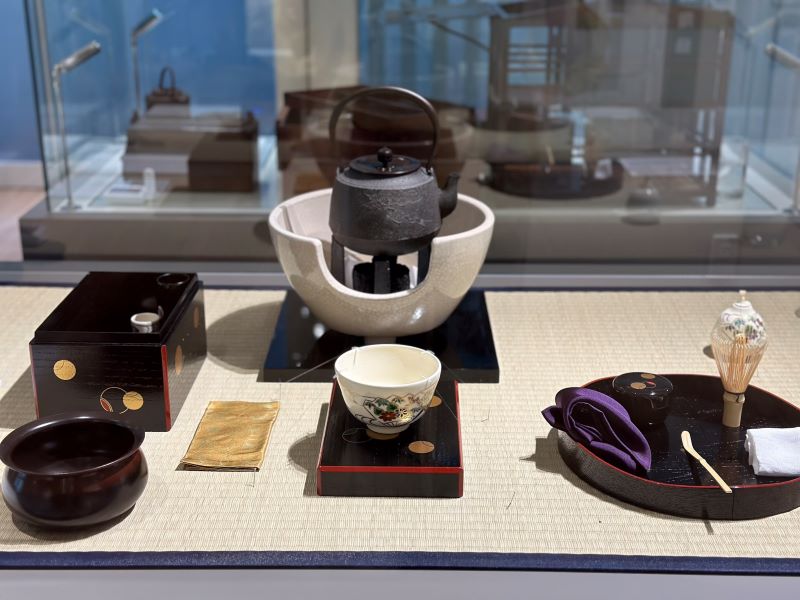
It is a small museum, so even when combined with the “Oi Ocha Museum,” it can be viewed in about 45 minutes. However, my daughter was so interested in the museum that we spent about 2 hours there.
The café is also available for use only, so you can wander in just to enjoy matcha sweets and drinks, which is especially recommended during the hot summer months.
Why not stop by while strolling through Ginza?
Oi Ocha Museum / Ocha Culture Creation Museum
| Address | 1-5-3, Higashishinbashi, Minato-ku, TOKYO |
| TEL | +81-3-6263-9281 |
| Open Hour | 10:00 – 17:00 (Last entry at 16:30) |
| Close | Mondays (closed on Tuesdays if Monday is a national holiday), Year-end and New Year holidays |
| Admission Fee | 【Oi Ocha Museum】 Free 【Ocha Culture Creation Museum】 Adult: JPY 500 Student: JPY 300 ** Free for those 70 years old and older and high school students and younger ** Free for the disabled and one accompanying person with a disability certificate |
| Website | https://www.ochamuseum.jp/ (Japanese ONLY) |
